Hot Tub pH Balance: How to Fix Fluctuations and Prevent Skin Irritation
Struggling with constant pH fluctuations in your hot tub? Or maybe you’ve noticed skin irritation after a relaxing soak? Maintaining the right hot tub pH balance can be tricky, but it’s essential for your comfort and the longevity of your hot tub.
In this guide, we’ll walk you through common issues like pH spikes, ineffective products, and confusing instructions, while offering simple solutions to keep your water crystal clear and skin irritation-free.
Understanding Hot Tub pH Levels
So, you’ve got a hot tub, and you’re hearing a lot about pH levels—but what exactly does that mean for you? Let’s break it down.
What is pH?
pH is a measure of how acidic or basic your hot tub water is, on a scale from 0 to 14. A pH level of 7 is considered neutral, below 7 is acidic, and above 7 is basic or alkaline. For your hot tub, you’re aiming for a slightly alkaline pH of about 7.2 to 7.8. This range keeps the water comfortable for your skin and helps your sanitizers, like chlorine, do their job effectively.
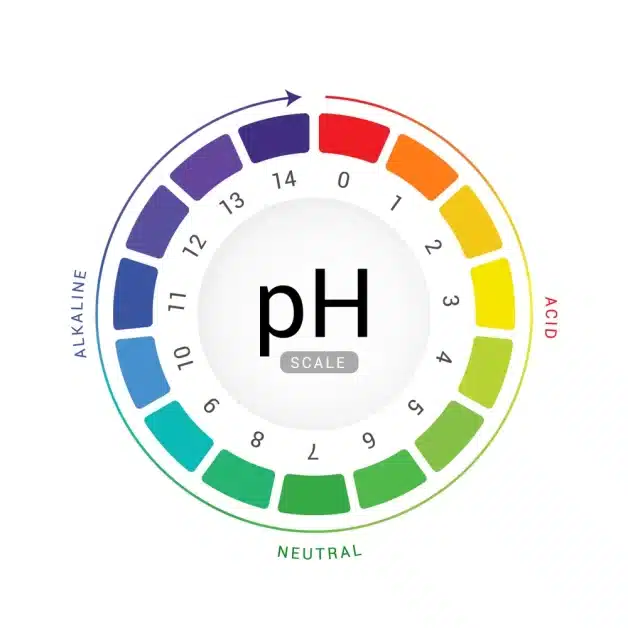
Why Are pH Levels Important for Hot Tubs?
Keeping the pH in the right range isn’t just a technical detail—it’s key to enjoying your hot tub safely and comfortably. If the pH is too low, you might notice the water feeling harsh, leading to dry skin or stinging eyes. Worse, acidic water can start to corrode your hot tub equipment, which can lead to costly repairs down the line.
On the flip side, if the pH is too high, the water can become cloudy and you might see scale build-up around the tub. Both extremes can also reduce the effectiveness of the chemicals you use to keep the water clean.
What About Total Alkalinity?
Now, you might also hear about total alkalinity when talking about pH balance. This is the measure of your water’s ability to resist changes in pH. Think of it like a buffer that keeps your pH from swinging too wildly. If your total alkalinity is off, it makes it much harder to maintain the right pH balance, leading to those irritating fluctuations.
How to Test Hot Tub pH Levels and Alkalinity
Now that you understand why pH levels and total alkalinity are crucial, with these measurements, you’re well on your way to maintaining balanced water.
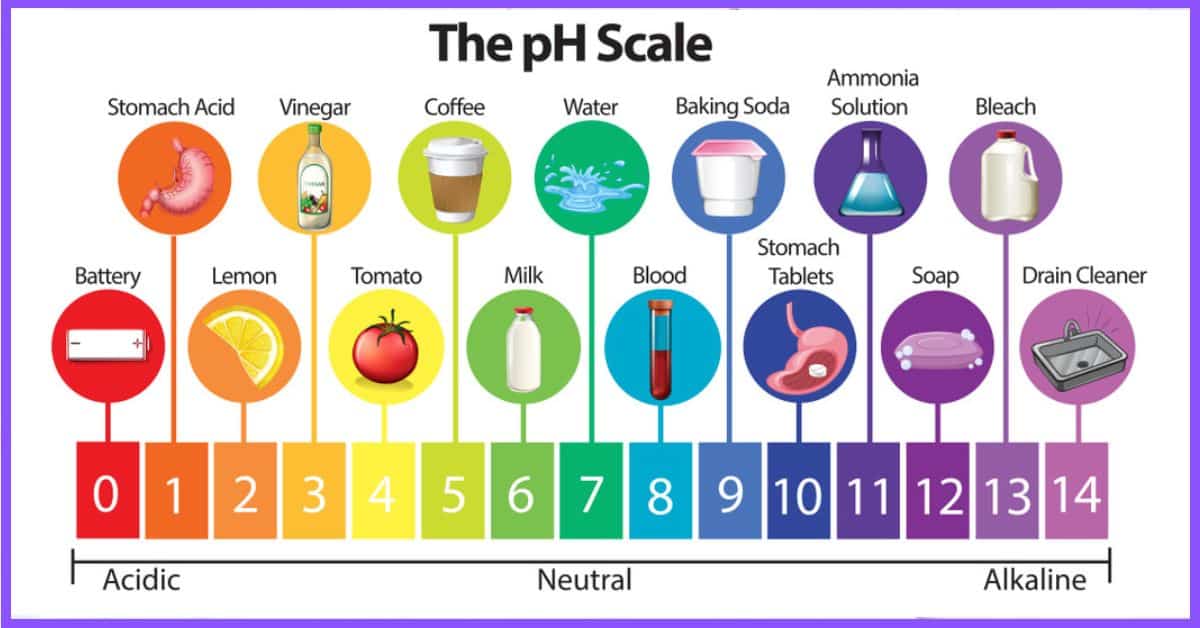
How to Measure a Hot Tub’s pH Level
Testing your hot tub’s pH level is straightforward and requires just a few steps. Here’s how you can do it:
- Get the Right Tools: You’ll need pH test strips or a digital pH meter. Test strips are a bit simpler and less expensive, while a digital meter provides more precise readings.
- Collect a Water Sample: Dip a clean cup or container into your hot tub and fill it with water. Ideally, take the sample from about 12 inches below the surface for an accurate reading.
- Test the Water:
- Using Test Strips: Dip a test strip into the water sample, then remove and shake off any excess water. Compare the color on the strip to the color chart provided with your strips. This will show you the current pH level.
- Using a Digital Meter: Follow the instructions for your specific meter. Typically, you’ll need to immerse the probe into the water sample and wait for the reading to stabilize.
- Record the Results: Note the pH level from your test. You’re aiming for a pH between 7.2 and 7.8.
How Do You Test Total Alkalinity in Your Tub?
Testing total alkalinity follows a similar process but with a different focus. Here’s a quick guide:
- Obtain an Alkalinity Test Kit: Most test kits combine pH and alkalinity testing. Make sure you have one designed for hot tubs or spas.
- Prepare the Sample: Just like with the pH test, use a clean cup to collect a water sample from your hot tub.
- Conduct the Test:
- Using a Test Kit: Add the test solution to your water sample as instructed by the kit. Usually, you’ll count the number of drops required to change the water color, which corresponds to the total alkalinity level.
- Compare and Record: Check the color change against the kit’s chart to determine your alkalinity level. The ideal range for total alkalinity is between 80 and 120 ppm (parts per million).
Check out How to raise pH in hot tub naturally 7 Natural Ways.

Common Issues with Hot Tub pH Levels
Maintaining the right pH balance can be challenging, and you might encounter a few common issues. Here’s a look at what can go wrong and how to address these problems.
Low pH Levels
Symptoms:
- Water Color: If your water is turning yellow or brown, it could be a sign of low pH.
- Skin and Eye Irritation: Acidic water can make your skin feel dry and cause stinging or redness in your eyes.
- Corrosion: Low pH levels can lead to damage to your hot tub’s components, such as the heater and jets.
Solutions: To raise the pH, you’ll need to add a pH increaser or alkalinity booster. Follow the product’s instructions for the correct amount. Regular testing is key—adjust as needed and recheck the pH level to ensure it falls within the ideal range.
High pH Levels
Symptoms:
- Cloudy Water: If the water in your hot tub becomes cloudy, it might be due to high pH levels.
- Foamy Surface: High pH can lead to excessive foam on the water’s surface.
- Scale Build-Up: You might see scale or mineral deposits forming around the edges of the tub or on the equipment.
Solutions: To lower the pH, you should use a pH decreaser, often labeled as a pH minus product. Add it gradually, following the manufacturer’s directions, and test the water frequently until the pH level stabilizes within the recommended range.
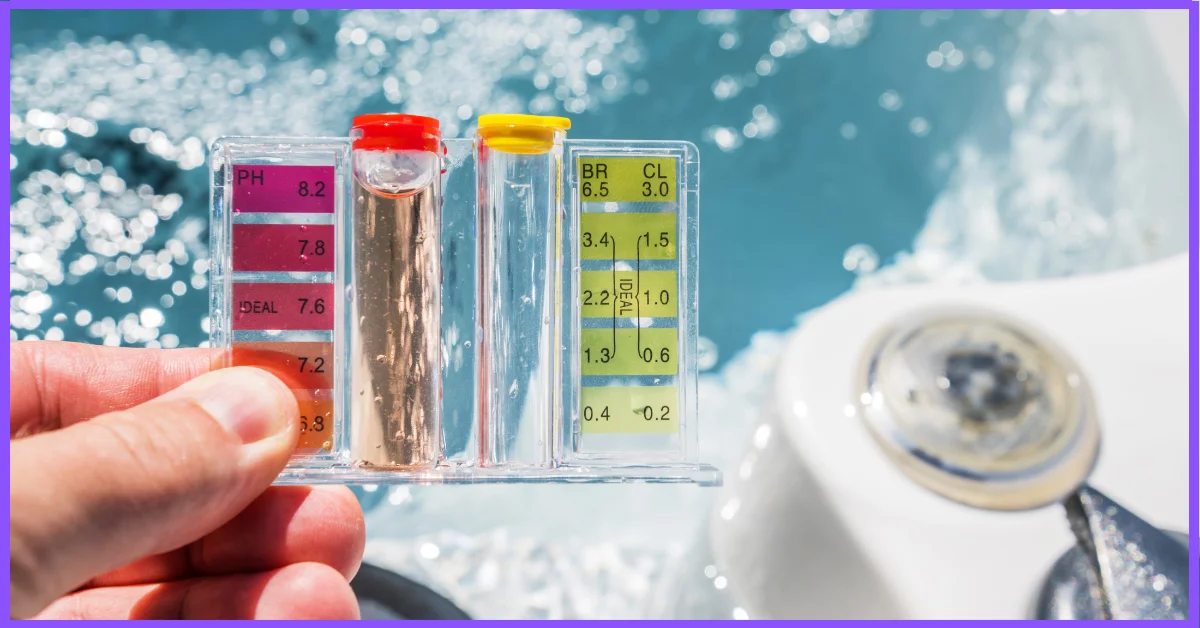
Addressing Both pH and Alkalinity Issues
Balancing both pH and total alkalinity is crucial. If you find that adjusting one level affects the other, it’s often best to tackle alkalinity first. Once your total alkalinity is in the right range, you’ll find it easier to fine-tune your pH balance. Check out WATER CARE TROUBLESHOOTING.
How to Balance Your Hot Tub pH Level
With these steps, you’ll be able to keep your hot tub water in the optimal range for comfort and cleanliness.
Adjust the Total Alkalinity First
Before you tackle pH adjustments, it’s important to address the total alkalinity. Alkalinity acts as a buffer for pH, so having it in the right range makes pH management easier.
- Test Your Alkalinity: Use a test kit to check the total alkalinity level. The ideal range is between 80 and 120 ppm.
- Add Alkalinity Increaser or Decreaser:
- If Alkalinity is Low: Add an alkalinity increaser according to the product’s instructions. This will help stabilize the pH and make it easier to balance.
- If Alkalinity is High: Use an alkalinity decreaser. Be cautious and add small amounts at a time, checking the level frequently.
- Wait and Re-Test: Allow the water to circulate for several hours, then retest the alkalinity. Adjust as necessary until it’s in the ideal range.
Increasing and Decreasing pH Levels in a Hot Tub
Once your alkalinity is balanced, you can focus on adjusting the pH levels.
- Test the pH: Measure your hot tub’s pH using test strips or a digital meter. The target range is between 7.2 and 7.8.
- Adjust the pH:
- To Raise Low pH Levels: Use a pH increaser. Add it gradually, following the manufacturer’s directions, and let the water circulate before retesting.
- To Lower High pH Levels: Use a pH decreaser. Again, add it slowly, check frequently, and adjust until you reach the desired pH level.
- Monitor and Maintain: Regularly test the water to ensure the pH remains stable. Frequent adjustments might be necessary if your hot tub is heavily used or exposed to environmental factors.
When to Use Fresh Water
Sometimes, despite your best efforts, the pH balance might be consistently off. If this happens, it might be time to consider draining and refilling your hot tub. Fresh water often provides a better starting point for balancing pH and alkalinity.
- Drain the Hot Tub: Follow your manufacturer’s guidelines for draining the water.
- Clean the Tub: Before refilling, clean the hot tub to remove any residue or build-up.
- Refill and Test: Once filled, test the new water for pH and alkalinity and adjust as needed.

5 Common Factors Affecting pH Levels in Hot Tubs
With these tips, you’ll be better equipped to maintain a clean and comfortable hot tub.
- The Quality of Your Water
Hard water with high calcium or magnesium levels can cause pH fluctuations. Test your source water and use pre-treatment products if needed to adjust its pH before filling your hot tub. - How Often Your Hot Tub is Used
Frequent use introduces body oils and sweat that can lower pH levels. Increase your testing frequency and use pH balancers to keep up with these changes. - How Many People Use Your Hot Tub
More bathers mean more contaminants affecting pH. Test and adjust the pH more often during high-use periods. - Additional Treatment Products
Chemicals like chlorine or bromine can impact pH levels. Use products that match your hot tub’s pH needs and follow dosage instructions. - Environmental Factors
Rain, sunlight, and debris can alter pH levels. Protect your hot tub with a cover and check the water balance after weather events.
Water Treatment Products to Balance pH Levels
Regular use of these products, combined with routine testing, will keep your hot tub water balanced and inviting.
pH Increaser
What It Does: Raises the pH level if your water is too acidic.
How to Use: Add the product according to the label’s instructions, then let the water circulate before retesting. Adjust as needed to reach the desired pH range.
pH Decreaser
What It Does: Lowers the pH level if your water is too alkaline.
How to Use: Apply the decreaser in small amounts, following the product’s directions. Allow the water to mix well before testing and adjusting further.
Alkalinity Increaser
What It Does: Boosts total alkalinity, which helps stabilize pH levels.
How to Use: Add the increaser as directed and circulate the water. Retest the alkalinity and adjust if necessary.
Alkalinity Decreaser
What It Does: Lowers high alkalinity levels, making pH balance easier.
How to Use: Use the product in controlled amounts, following instructions. Wait and retest the water to ensure it’s within the ideal alkalinity range.
Water Clarifiers
What They Do: Help clear up cloudy water, which can be caused by imbalanced pH or alkalinity.
How to Use: Add according to the label’s instructions and run the hot tub’s circulation system.
Your Step-by-Step Guide to Balance pH Levels in Your Hot Tub
By following these steps, you’ll keep your hot tub water balanced, ensuring a clean and enjoyable experience every time.
Step 1: Test Your Water
Start by checking the current pH and alkalinity levels with a test kit or strips. This gives you a clear picture of what adjustments are needed.
Step 2: Balance Your Alkalinity
- Test Alkalinity: Measure the total alkalinity and compare it to the ideal range of 80 to 120 ppm.
- Adjust as Needed:
- Low Alkalinity: Add an alkalinity increaser according to the product instructions.
- High Alkalinity: Use an alkalinity decreaser in controlled amounts.
- Wait and Re-Test: Let the water circulate for several hours before retesting. Adjust again if necessary.
Step 3: Balance Your pH
- Test pH Levels: After balancing alkalinity, test the pH level. The target range is 7.2 to 7.8.
- Adjust as Needed:
- Low pH: Add a pH increaser. Follow the product’s directions and wait for the water to mix well.
- High pH: Use a pH decreaser in small amounts. Let it circulate and then retest.
- Monitor and Maintain: Regularly check both pH and alkalinity levels, especially after heavy use or environmental changes.

| Factors Affecting pH Balance | Mitigation Tips |
|---|---|
| Bather Load | Encourage rinsing before entering |
| Chemicals Used for Treatment | Regular testing and adjustment |
| Environmental Factors | Keep hot tub covered when not in use |
Top Signs Your pH is Imbalanced
Keeping an eye on these signs and addressing them promptly will help you maintain balanced, clean, and inviting water in your hot tub.
Cloudy Water
What It Means: Cloudy water often indicates that your pH is out of range, usually too high.
What to Do: Check and adjust the pH and total alkalinity levels. Using a water clarifier can also help clear up the cloudiness.
A Foamy Surface
What It Means: Excessive foam can result from high pH or the presence of contaminants in the water.
What to Do: Test and balance your pH. Ensure you’re using the right amount of sanitizers and consider adding a defoaming agent if needed.
Foul Smelling Water
What It Means: Unpleasant odors can signal poor water balance or contamination.
What to Do: Test your pH and sanitation levels. Adjust them as needed, and perform a thorough cleaning of the hot tub.
Scale or Corrosion
What It Means: Scale build-up or corrosion on the hot tub’s surfaces and equipment suggests high pH or hardness levels.
What to Do: Lower the pH by using a pH decreaser and remove any visible scale build-up. Regular maintenance can prevent future issues.
Tips To Maintain Your pH Levels
By following these tips, you’ll help keep your hot tub’s pH levels stable and enjoy a more pleasant and trouble-free soak.
1. Test Regularly
Why It Matters: Frequent testing helps you catch and correct imbalances early before they become major issues.
How to Do It: Use test strips or a digital meter to check pH and alkalinity levels at least once a week, or more often if the hot tub is used heavily.
2. Keep Your Hot Tub Covered
Why It Matters: A cover protects your hot tub from debris, rain, and sunlight, all of which can affect pH levels.
How to Do It: Use a well-fitting cover when the hot tub is not in use. Ensure the cover is clean and in good condition.
3. Maintain a Cleaning Schedule
Why It Matters: Regular cleaning prevents build-up of contaminants that can alter pH levels.
How to Do It: Clean your hot tub filters and interior regularly. Use appropriate cleaning products and follow the manufacturer’s recommendations.
4. Use Quality Chemicals
Why It Matters: High-quality chemicals are designed to work well with your hot tub’s water balance, reducing the need for frequent adjustments.
How to Do It: Choose products specifically designed for hot tubs and follow dosage instructions carefully. Avoid using household chemicals not intended for hot tubs.
5. Monitor Bather Load
Why It Matters: The more people use the hot tub, the more contaminants are introduced, which can affect pH levels.
How to Do It: Be mindful of how many people are using your hot tub and adjust testing and maintenance routines accordingly.
But don’t just take my word for it – explore more about Hot Tub Patio for additional tips, resources, and expert advice on hot tub care. Whether you’re a seasoned hot tub owner or a newbie looking to dip your toes in the water, we have everything you need to make the most of your hot tub experience.
Remember, a little pH balance goes a long way. Your hot tub – and your sanity – will thank you for it.







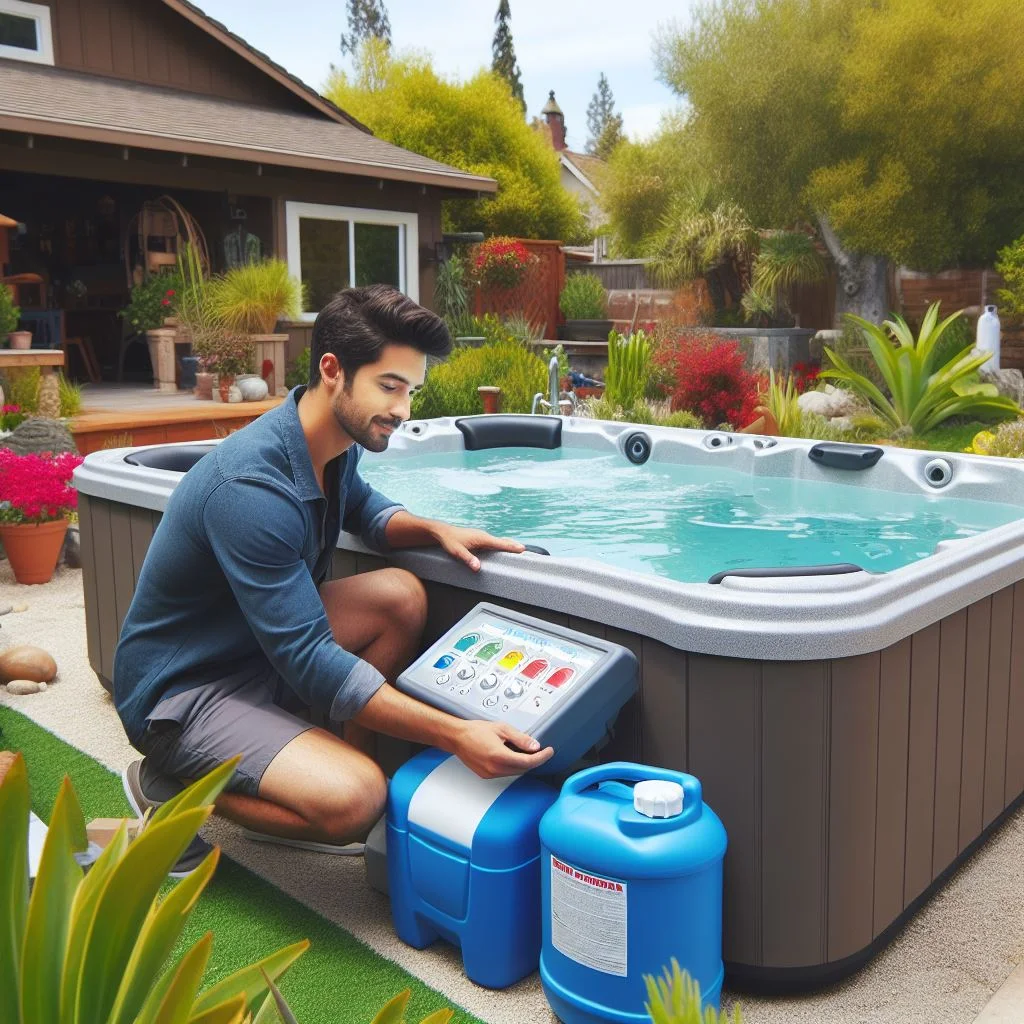





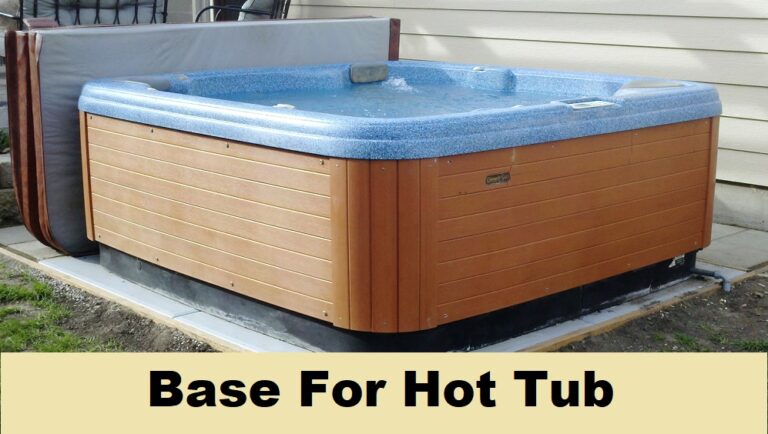
5 Comments